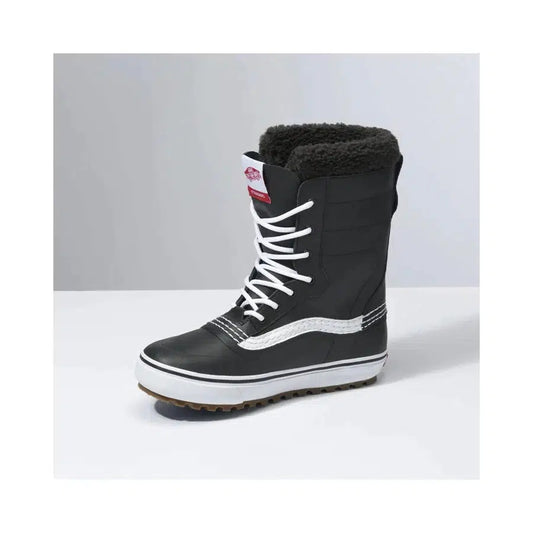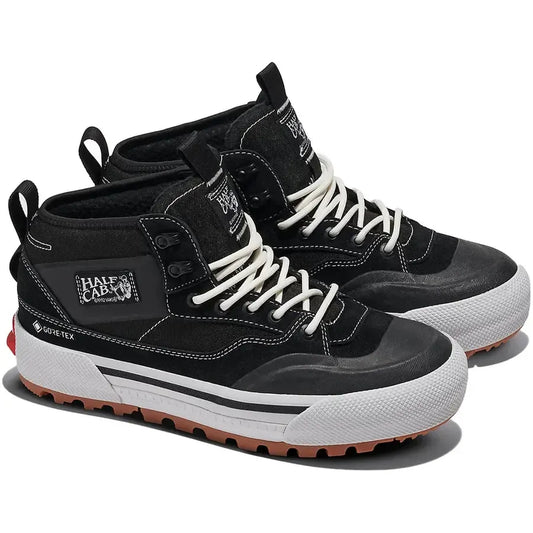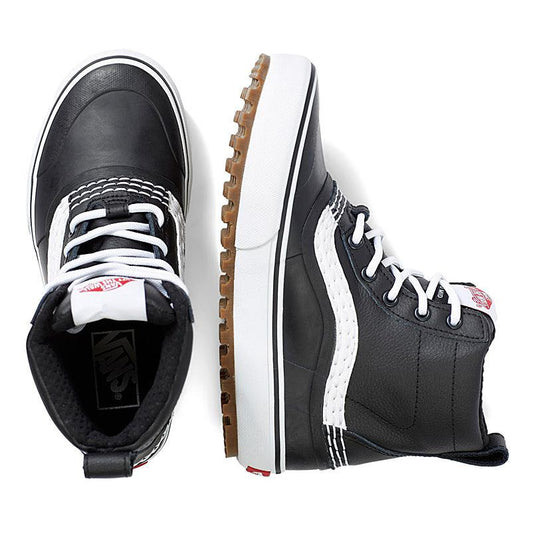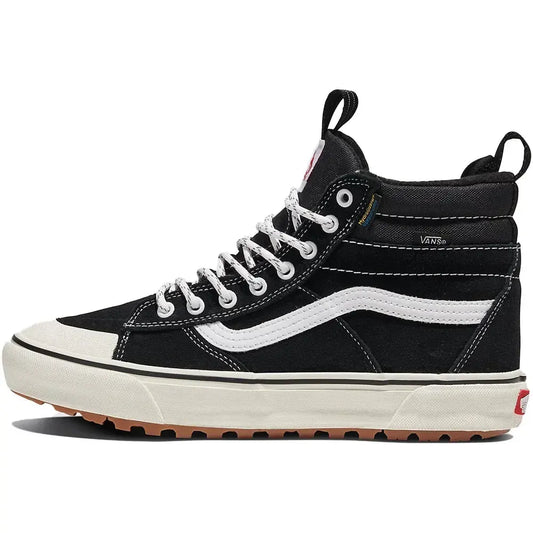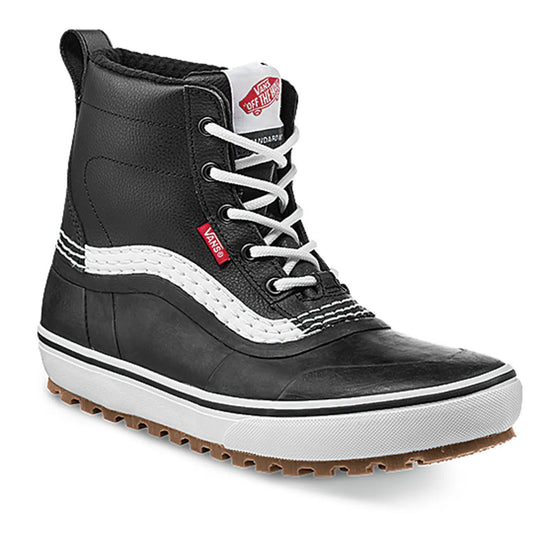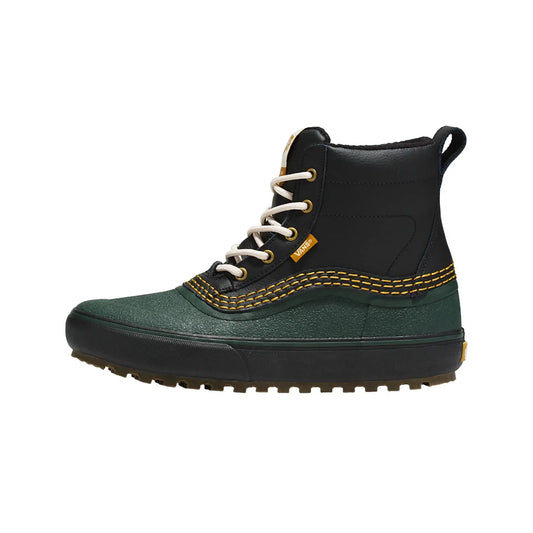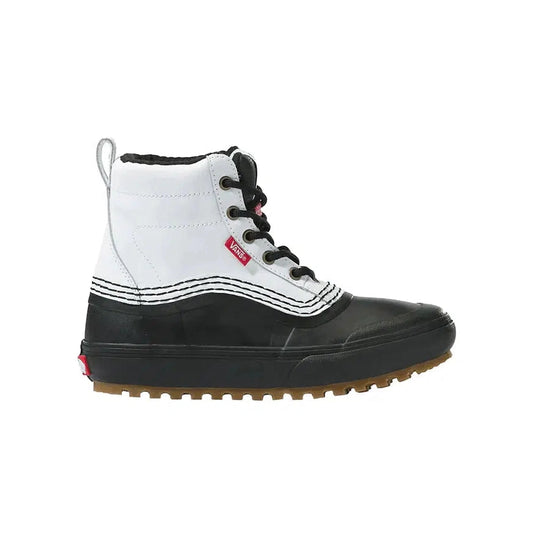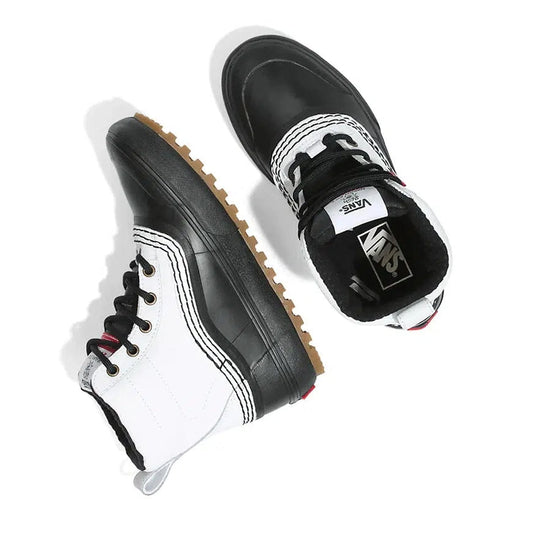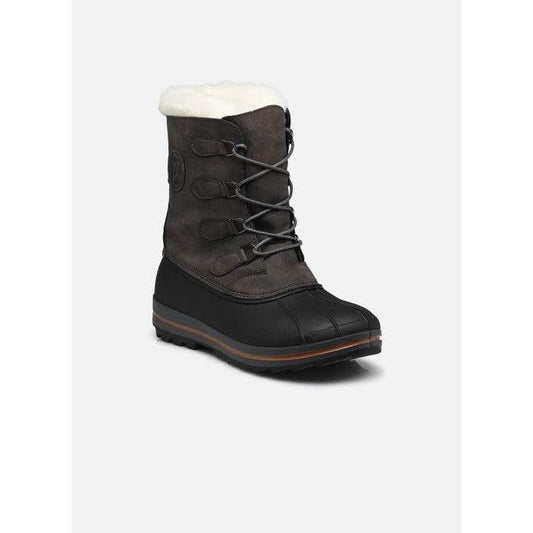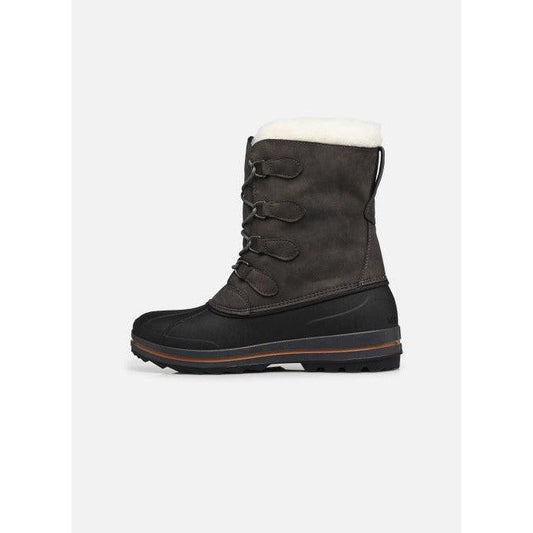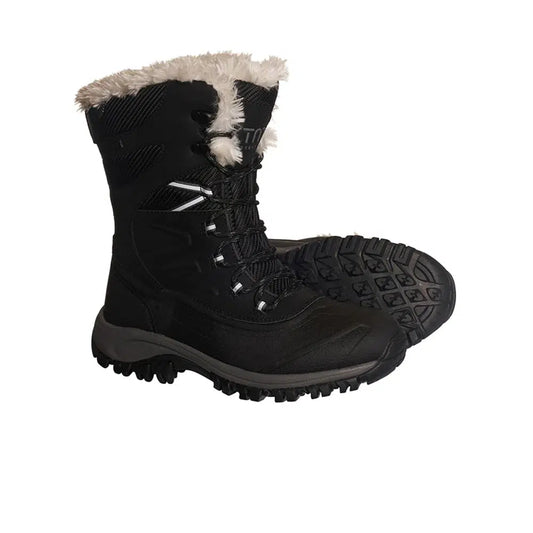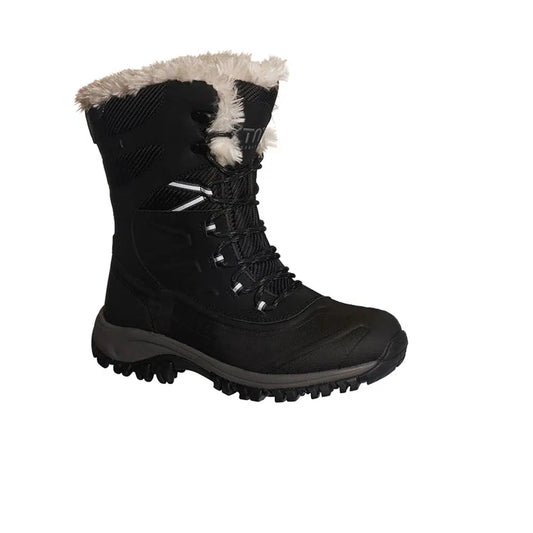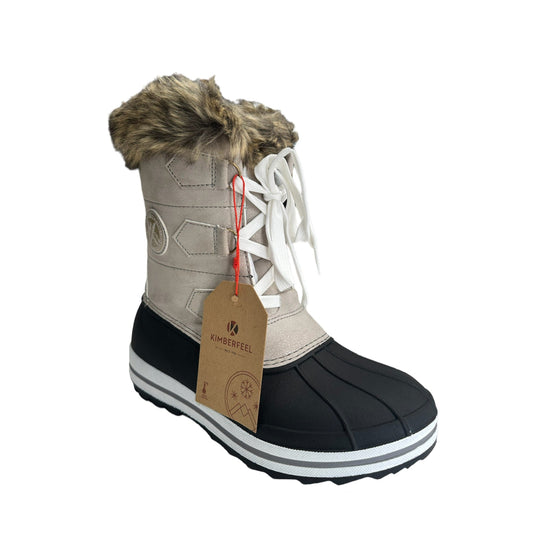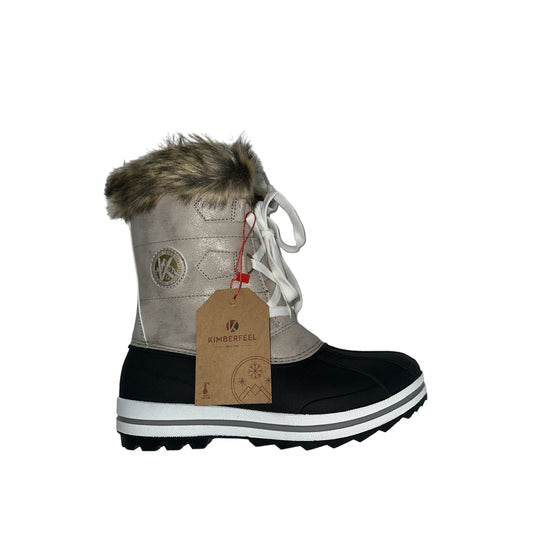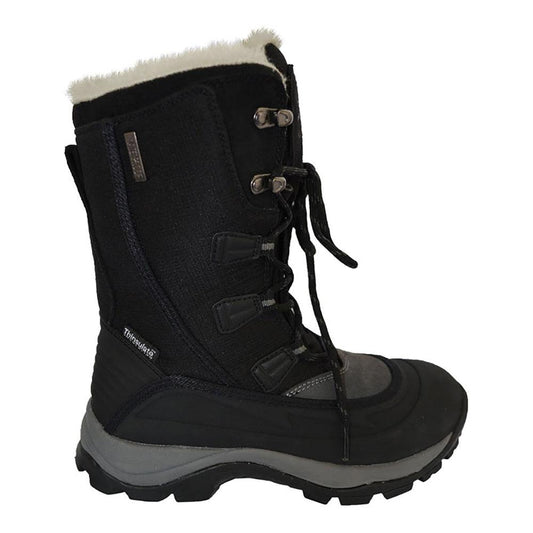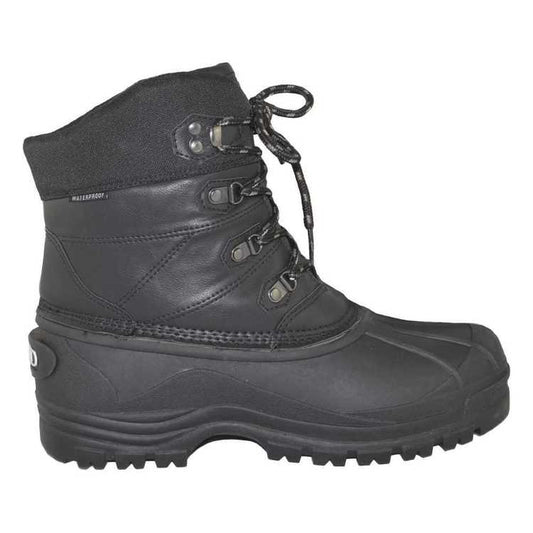
Collection: Apre Boots
-
2025 Vans MTE Standard Waterproof Boots
Regular price $399.90 AUDRegular priceUnit price / per- $399.90
- $399.90
- $399.90
- $399.90
- $399.90
- $399.90
- $399.90
-
2025 Vans Sk8-Hi MTE Waterproof GORE-TEX Blackout
Regular price $379.99 AUDRegular priceUnit price / per- $379.99
- $379.99
- $379.99
- $379.99
-
2025 Vans MTE Half Cab GORE-TEX Black/White
Regular price $369.99 AUDRegular priceUnit price / per- $369.99
- $369.99
- $369.99
- $369.99
- $369.99
-
Vans Standard V Snow MTE Apres Boots
Regular price $369.99 AUDRegular priceUnit price / per- $369.99
- $369.99
- $369.99
- $369.99
- $369.99
- $369.99
- $369.99
- $369.99
- $369.99
-
2025 Vans MTE Standard Mid Waterproof Boots
Regular price $349.99 AUDRegular priceUnit price / per- $349.99
- $349.99
- $349.99
- $349.99
- $349.99
- $349.99
-
2024 Vans Standard Snow MTE Apre Boots
Regular price $349.99 AUDRegular priceUnit price / per- $349.99
- $349.99
- $349.99
- $349.99
- $349.99
- $349.99
- $349.99
- $349.99
-
2025 Vans Sk8-Hi MTE Waterproof White/Purple
Regular price $299.99 AUDRegular priceUnit price / per- $299.99
- $299.99
- $299.99
- $299.99
-
2025 Vans Sk8-Hi MTE Waterproof Black/True White
Regular price $299.99 AUDRegular priceUnit price / per- $299.99
- $299.99
- $299.99
- $299.99
- $299.99
- $299.99
-
2024 Vans Standard Mid Apre Boots
Regular price $299.99 AUDRegular priceUnit price / per- $299.99
- $299.99
- $299.99
- $299.99
- $299.99
- $299.99
- $299.99
- $299.99
- $299.99
- $299.99
- $299.99
- $299.99
- $299.99
- $299.99
-
2023 Vans Standard Mid Snow MTE Kennedi Deck Apre Boots
Regular price $269.99 AUDRegular priceUnit price / per- $269.99
- $269.99
- $269.99
- $269.99
-
2024 Kimberfeel Beker Mens Apre Boot
Regular price $229.95 AUDRegular priceUnit price / per- $229.95
- $229.95
- $229.95
- $229.95
- $229.95
- $229.95
-
2024 Vans Sk8-Hi MTE-1 - Dachshund/Suede
Regular price $219.99 AUDRegular priceUnit price / per- $219.99
- $219.99
- $219.99
- $219.99
- $219.99
- $219.99
-
XTM Jakara Waterproof Apre Boot
Regular price $179.99 AUDRegular priceUnit price / per- $179.99
- $179.99
- $179.99
- $179.99
- $179.99
- $179.99
- $179.99
-
2024 Kimberfeel Adriana 2 Womans Apre Boots
Regular price $169.95 AUDRegular priceUnit price / per- $169.95
- $169.95
- $169.95
- $169.95
- $169.95
-
XTM Tessa II Boot
Regular price $149.99 AUDRegular priceUnit price / per- $149.99
- $149.99
- $149.99
- $149.99
- $149.99
- $149.99
- $149.99
- $149.99
- $149.99
- $149.99
- $149.99
- $149.99
-
XTM Tex Boot
Regular price $139.99 AUDRegular priceUnit price / per- $139.99
- $139.99
- $139.99
- $139.99
- $139.99
- $139.99
- $139.99
FAQs
What Are Snow Boots/ Après Boots?
Snow boots and après boots are designed for warmth, comfort, and traction in snowy and icy conditions. They are essential for anyone spending time in alpine environments.
• Designed with rugged soles for traction on ice and snow
• Ideal for walking in deep snow, commuting in winter conditions, or working in ski resorts
• Designed for comfort and warmth after skiing or snowboarding
• Often feature soft, insulated linings for cozy wear after a long day on the slopes
• Stylish and practical for walking around ski villages, lodges, or town areas
When Would You Use Them?
• Working in a ski resort – Keeps feet warm and dry when off the slopes
• Traveling in alpine or snowy areas – Provides traction on icy paths and comfort in cold conditions
• Relaxing after skiing – Ideal for après-ski activities like heading to restaurants or lodges
For a range of snow and après boots suited for any winter adventure, visit Welcome Board for expert advice.
Can Snow Boots Be Used for Hiking?
Snow boots can be used for short walks in winter conditions, but they are not ideal for long hikes or rough terrain. Hiking boots are designed for better support and durability on varied trails.
What’s the Difference Between Snow Boots and Hiking Boots?
| Feature | Snow Boots | Hiking Boots |
|---|---|---|
| Purpose | Designed for warmth and snow protection | Built for support and durability on rough terrain |
| Waterproofing | Fully waterproof to keep feet dry in deep snow | Water-resistant or waterproof for wet and muddy conditions |
| Insulation | Heavily insulated for warmth in freezing temperatures | Minimal insulation, designed for breathability and comfort |
| Traction | Thick rubber soles with snow-specific grip | Aggressive tread patterns for grip on varied terrain |
| Flexibility | Stiffer for warmth and protection | More flexible for natural foot movement while hiking |
When to Use Snow Boots vs. Hiking Boots
• Use snow boots for casual walks, working in ski resorts, or everyday wear in snowy areas - places where warmth is just as important at waterproofing
• Use hiking boots for long hikes, technical trails, and rough terrain where grip and support are essential


